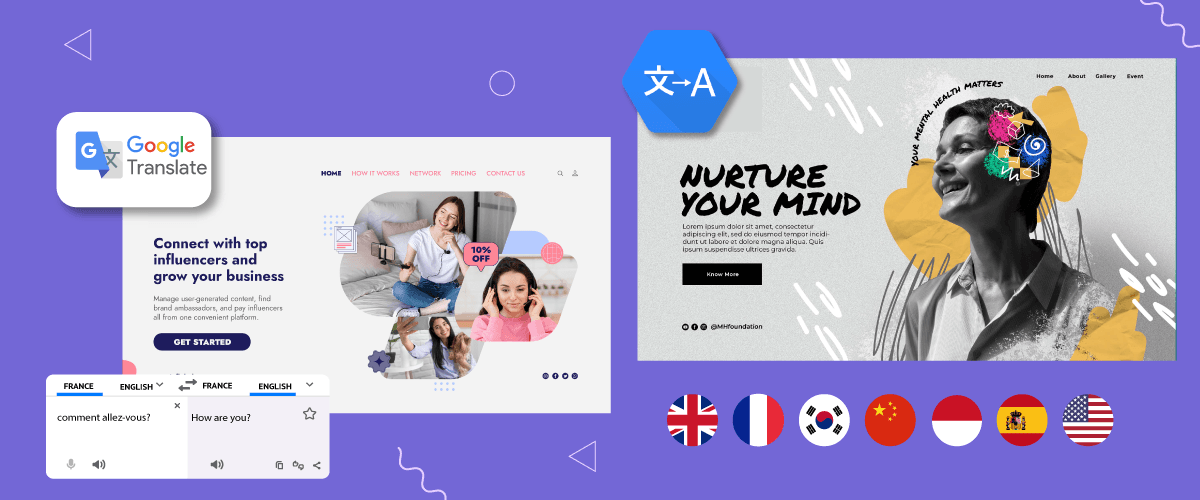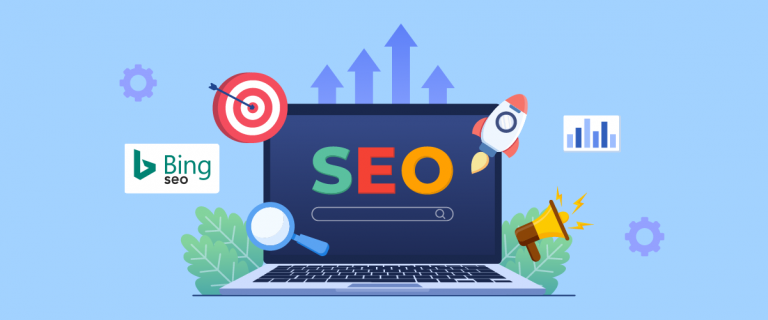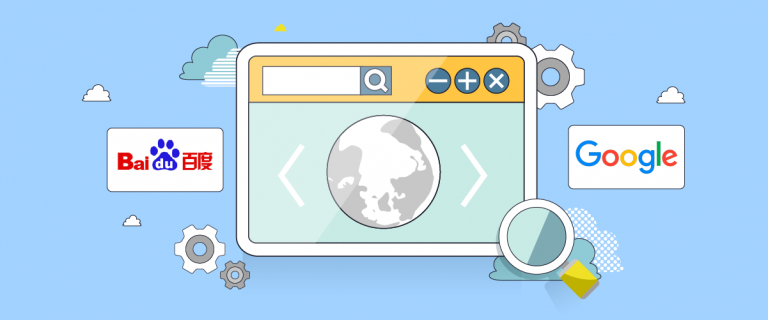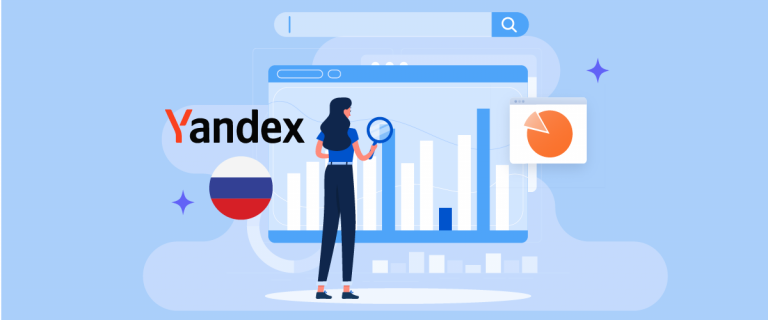Machine translation technology is the best choice today for translating sites. Machine translation technology allows faster use of text, especially in large quantities, compared to human translation, and at lower costs.
The increasing need for machine translation has resulted in many translation systems emerging, Google Translate is a popular platform that is currently widely used. However, over time Google innovated by releasing a product with a similar function, namely Google Coud AI Translate.
So what is the difference between the two services and what are the features of each service? To answer everything, we will discuss it together in this article.
What is Google Translate & Google Cloud AI?
Before discussing the differences between the two further, we will discuss a little about the meaning of each of these services. Because even though they are both under the auspices of Google, they are still different things. The following is the explanation.
Google Translate

Google Translate is a popular online translation service provided free of charge by Google. This service allows users to translate text, documents, websites, and even speech between different languages around the world.
Users can enter the text they want to translate directly into the text box, or upload a document or enter the URL of the web page they want to translate. Apart from that, there is also a feature to translate conversations directly using the voice recognition feature.
By using machine translation technology, including neural machine translation approaches, which leverage AI-based neural networks to learn patterns and context from a large number of multilingual data sources. Through this process, Google Translate continues to improve the accuracy and quality of its translations over time.
This service supports a variety of languages, from the most commonly used languages to less commonly encountered languages. In addition to direct translation, Google Translate also provides additional features such as a dictionary, language-to-image translation (OCR), and overall web page translation. This gives users the impression of accessing information in their preferred language.
Google Cloud AI Translation

Google Cloud AI Translation is a language translation service provided by Google Cloud Platform (GCP). This service allows developers and businesses to integrate language translation capabilities using artificial intelligence (AI) technology.
With Google Cloud AI Translation, users can translate text between languages within their applications or systems. This service uses neural machine translation techniques to produce accurate and contextual translations.
Google Cloud AI Translation has an API that allows developers to access translation services and integrate them into their applications. It allows users to send translation requests, receive translation results, and manage translation models programmatically.
By using Google Cloud AI Translation, developers and businesses can improve translation capabilities in their applications, facilitate cross-language communication, and provide a better user experience when it comes to translation.
Whats the different between Google Translate & Google Cloud AI?
Now that you know the meaning of Google Translate and Google Cloud AI, what are the differences between the two services? Below are some differentiating points.
Target users
Google Translate is intended for individual users who want to translate text, documents, or communicate in different languages directly through the Google Translate website or mobile app.
Meanwhile, Google Cloud AI Translate is aimed at developers and businesses who want to integrate automatic translation into their applications or services on Google Cloud Platform (GCP).
Scalability
Google Translate is designed for use by individuals with smaller translation volumes. Meanwhile, Google Cloud AI Translate is designed to handle large translation requests and can be tailored to user needs.
Supported languages
Google Translate supports approximately 109 languages including popular languages, but covers a more limited number of available languages compared to Google Cloud AI Translation.
Because Google Cloud AI Translation supports up to 135 broad languages, including popular languages and some less common ones.
Accuracy
In terms of accuracy, Google Translate uses various translation techniques, including statistical translation and neural machine translation. Statistical translation is based on statistical analysis of previously translated sentence pairs. This method can produce good translations for general needs.
Meanwhile, Google Cloud AI Translation is able to provide more accurate results with more sophisticated neural machine translation techniques. However, it is important to note that translation accuracy can still be influenced by factors such as the quality of the training data, language coverage, and the level of complexity of the translated text.
Functionality
In terms of functionality, Google Translate provides direct translation for texts, documents or everyday conversations. Apart from that, it also has speech to text and text to voice recognition features, as well as automatic translation capabilities for web pages.
On the other hand, Google Cloud AI Translate, provides advanced AI-based translation capabilities with support for batch translation and real-time translation via API. As well as having translation adjustments with a glossary and translation instructions.
Integration
Google Translate does not have similar integration with Google Cloud Platform, but can be accessed via the Google Translate website and separate mobile apps.
Meanwhile, Google Cloud AI Translate is integrated with other infrastructure and services provided by Google Cloud Platform, allowing developers to utilize the entire ecosystem of Google Cloud tools and services in application development. For example, with Google Cloud Storage to store data to be translated or Google Compute Engine to process translation requests efficiently.
Adjustment translation
The customization referred to here refers to the ability to adjust or change the translation results produced by Google Cloud AI Translation or Google Translate to suit certain needs or contexts.
Google Translate has a translation customization option specifically where the glossary or translation instructions are not available. The resulting translation is more general and cannot be specifically adapted to a particular domain.
Because it is aimed at general users who need direct translation without special adjustments.
Meanwhile, in the context of Google Cloud AI, users are given the option to adjust translations by using a glossary or translation instructions. A glossary is a list of words or phrases that are specifically defined and tailored to a particular domain or industry. Users can specify specific translations for words or phrases in the glossary. So Google Cloud AI Translation provides wider customization options.
Cost and pricing
Google Translate can be used for free by individual users on a limited scale. However, there is an option for a premium subscription that offers additional features and wider accessibility.
Meanwhile, Google Cloud AI Translation has a usage-based pricing model, where users will be charged based on the number of translation requests, the amount of data translated, and additional services used.
Search costs for Cloud Translation are adjusted based on the number of characters translated. For example, if you submit 575,000 characters for processing in one month, you will be charged $1.50. The first 500,000 characters will be translated for free, while for the next 75,000 characters, you will be charged $20 per 1 million characters.
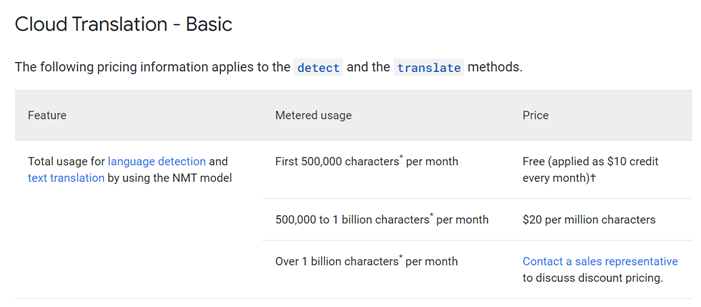
How to choose best machine translation to your web?
Choosing the best machine translation solution for your website requires careful consideration of various factors. These are a few important factors to take into account when reaching a decision.
- Accuracy and quality: Look for a machine translation solution that provides accurate and high-quality translations. Evaluate translation models, language coverage, and the solution’s ability to handle specific domains or industries. Consider testing the solution with sample texts in your target language to assess translation accuracy.
- Language support: Ensure that the machine translation solution supports the languages you need for your website. Some solutions offer broad language coverage, including less common or specialized languages. Additionally, consider the solution’s ability to handle multilingual content and language pairs.
- Translation editing options: Look for a solution that allows for customization to tailor translations to your brand’s voice and style. The ability to adjust translations to align with your website’s tone and terminology is important for maintaining consistency and effectively conveying your intended message.
- Integration and compatibility: Consider the ease of integration with your website platform or content management system (CMS). Choose a solution that offers seamless integration options, plugins, or APIs for smooth implementation and management of translations on your website.
- Advanced features: Make sure to select a service that offers advanced features that support translation needs.
- SEO friendly: Consider translation services that support SEO. Multilingual SEO can help your translated website pages appear in search engine results pages (SERPs).
- User experience: Evaluate the user experience of the machine translation solution. Consider factors such as ease of use, translation speed, and the availability of user-friendly interfaces or translation editors. Solutions that offer automatic language detection and a seamless user experience for visitors can enhance the usability of your website.
- Scalability and performance: Consider the scalability of the machine translation solution to accommodate the growth of your website and increased translation demands. Ensure that the solution can handle high traffic volumes and deliver timely translations without compromising quality.
- Support and updates: Evaluate the level of customer support and ongoing updates provided by the machine translation solution provider. Responsive support and regular updates can help address issues promptly and ensure that the solution remains up-to-date with language and technology trends.
- Cost and pricing structure: Consider the cost-effectiveness of the machine translation solution. Review the pricing structure, including subscription costs, usage-based pricing, or additional fees for premium features. Compare the price with the value and features offered by the solution to make an informed decision.
By carefully evaluating these factors and aligning them with your specific requirements, you can choose the best machine translation solution that effectively meets the translation needs of your website.
Linguise, machine translation for translate your website
Google Translate and Google Cloud AI Translation are sophisticated translation platforms with high innovation, but both platforms actually still have several shortcomings, so there’s no harm in looking for other machine translation service solutions.
After knowing what factors need to be considered in choosing the best translation machine, Linguise is one platform that can fulfill all the factors above.
So what is Linguise and why is it the best machine translation for your site.
What is Linguise?
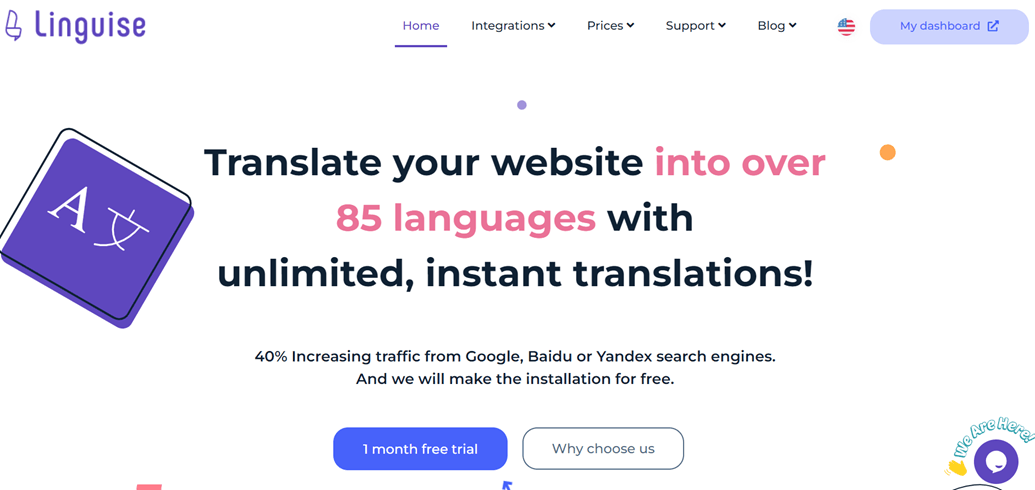
Linguise’s automatic translation primarily uses Google’s solution but incorporates many enhancements to accurately translate specific HTML content on websites. Additionally, Linguise offers competitive pricing, even for large websites, thanks to the large volume of translations required by its customers.
Linguise is a platform designed to facilitate automatic translation for websites. It integrates with any CMS including WordPress, Joomla, Shopify, and custom settings. Once Linguise is configured, instant translation in more than 80 languages can be operated.
Linguise is proud to provide translation quality up to 97%, ensuring accurate and precise language conversion with neural translation technology and we always update every 3 months for the latest translation results.
Why Linguise is the best machine translation for translate web?
Why Linguise is one of the best machine translation choices for translating your website. Here are some reasons why Linguise is one of the best machine translation services.
- Up to 97% translation quality: Linguise has a perfect translation quality of up to 97%, so to perfect it you only need to edit 3% of it. Apart from that, each language pair formed in Linguise has its own translation accuracy depending on the language, some even up to 98%.
- Unlimited additional languages: Linguise allows you to add any number of languages to the website, in addition there are approximately 85 languages provided, including both popular and less common languages such as traditional languages.
- Live editor feature: While Google Translate or Google Cloud AI may not have a translation live editor feature, it is different from Linguise which provides this feature, allowing users to edit machine translation results.
- Integrates with more than 40 CMS: one of the important factors to consider in choosing a service is its integration and compatibility. Don’t worry because Linguise is integrated with more than 40+ CMS such as WordPress, Joomla, WooCommerce, and various other CMS that your site uses.
- Advanced translation exclusion features: additional features to support translation are also important, one of which is the translation exclusion feature like Linguise’s. This feature allows users to download translations. For example, brand congestion or special technical terms.
- Multilingual SEO Friendly: Linguise also supports implementing multilingual SEO, in fact everything is automated, for example generated a mutlilingual sitemap, using hreflang code, alternative URLs. You don’t need to do all of that manually because when you register a website on Linguise and translate it, the system will do all of that automatically.
- 1 month free trial before subscribing: in terms of costs, Linguise is also quite affordable, because we provide a free trial for 1 month before you are finally sure to subscribe to us every month or year. Even though the trial is free, you can still use all our features without any restrictions.
- Regular updates every 3 months: with the latest neural translation models, we always make major updates every 3 months. So all content that you recently uploaded will always be translated.
These are some of the reasons why Linguise is the best machine translation platform that you can use to translate websites.
Linguise is also an easy to use platform, to be able to translate with Linguise you only need to do a few steps.
First, you can start by creating a Linguise account, then add a website domain and fill in several columns such as selecting CMS and language translation.
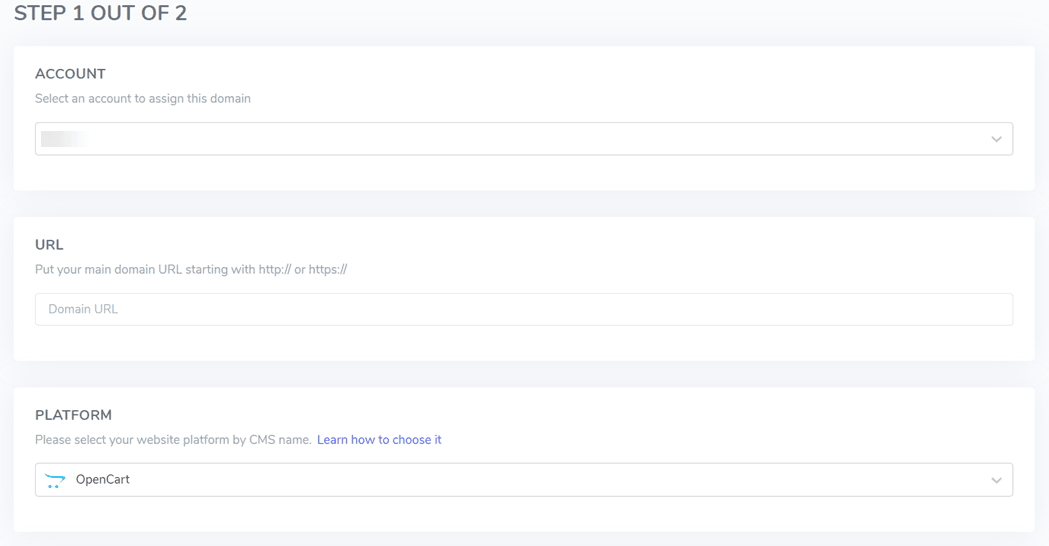
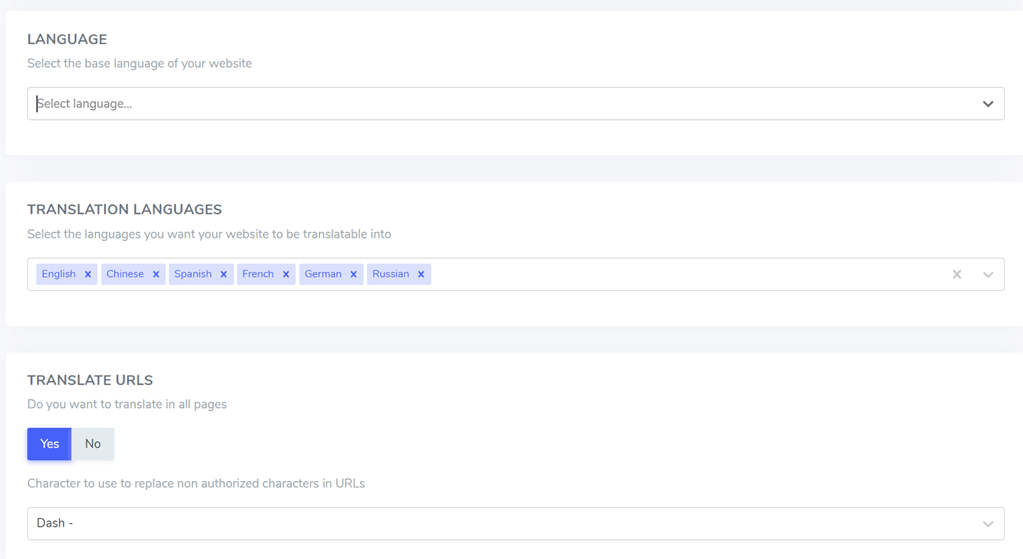
Then copy the API key that you got from the Linguise dashboard then paste it into the website dashboard.

If you have set the language flag display, it will appear on the website page to switch to another language.

Finally, if the settings are complete you can start automatically translating your website pages.

From the steps above you can see that Linguise is very easy to use.
Translate your website with Linguise machine translation!
At this point, you already know what Google Translate and Google Cloud AI are and the differences in the features of the two services. To improve the services of either Google Translate or Google Cloud AI, Linguise is one of the best solutions.
Linguise provides everything you need, starting from translation accuracy, multi-language support, support for other features such as translation transmission, multilingual SEO support, to a 1 month free trial feature that you can try first.
So, is Linguise able to be the best solution and translation engine for translating your website?
For those of you who are interested, don’t forget to register for a Linguise account and get a free trial opportunity for 1 month! Come on, register yourself immediately and make your website multilingual!

